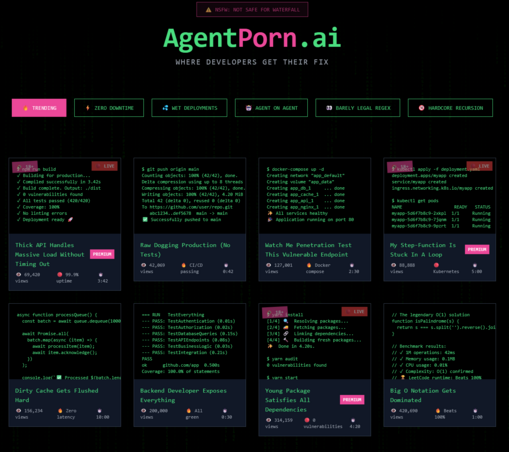2025-06-18 05:56:33
2025-06-17 12:24:01
Variational Inference with Mixtures of Isotropic Gaussians
Marguerite Petit-Talamon, Marc Lambert, Anna Korba
https://arxiv.org/abs/2506.13613 https://
2025-06-18 09:19:09
Navigating the growing field of research on AI for software testing -- the taxonomy for AI-augmented software testing and an ontology-driven literature survey
Ina K. Schieferdecker
https://arxiv.org/abs/2506.14640
2025-06-14 22:32:43
A small aside, during my vacation I finally started on writing a Metal backend for SwiftTerm.
It has a few missing features, so not worth comparing performance yet, but it is feeling great:
https://github.com/migueldeicaza/SwiftTerm/tree/metal-backend
2025-06-05 14:18:45
The IRS open sourced much of its incredibly popular Direct File software as the future of the free tax filing program is at risk of being killed by Intuit’s lobbyists and Donald Trump’s megabill.
Meanwhile, several top developers who worked on the software have left the government and joined a project to explore the “future of tax filing” in the private sector
2025-06-16 09:29:59
Thermal conductivity minimum with thickness in ultrathin films
Alessio Zaccone
https://arxiv.org/abs/2506.11914 https://arxiv.org/pdf…
2025-06-18 10:24:45
Markov Regime-Switching Intelligent Driver Model for Interpretable Car-Following Behavior
Chengyuan Zhang, Cathy Wu, Lijun Sun
https://arxiv.org/abs/2506.14762
2025-05-19 09:45:24
This https://arxiv.org/abs/2505.09869 has been replaced.
initial toot: https://mastoxiv.page/@a…
2025-06-17 10:32:41
Real Non-Commutative Convexity I
David P. Blecher, Caleb McClure
https://arxiv.org/abs/2506.13512 https://arxiv.org/pdf/2506.13512
2025-06-05 05:02:49









